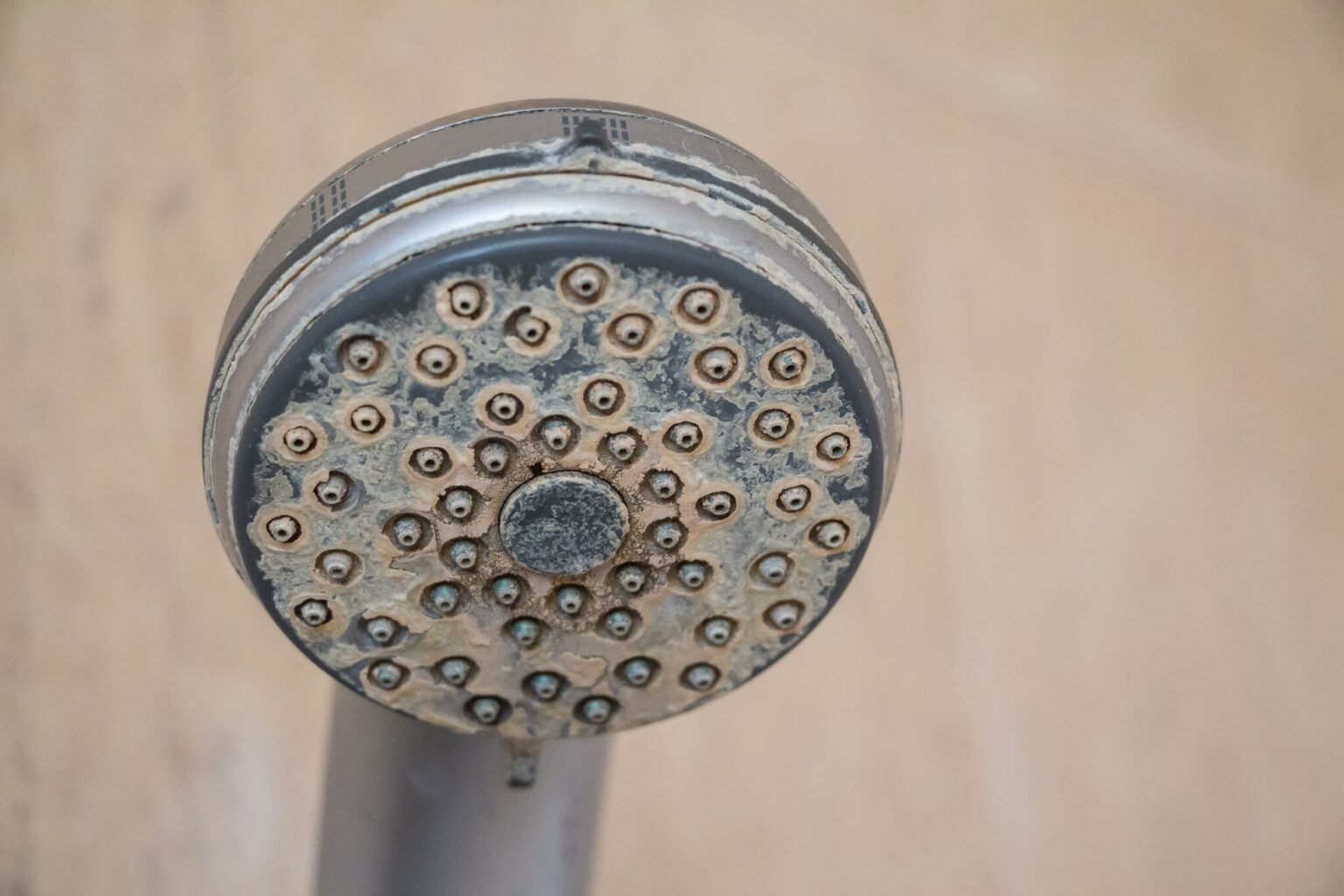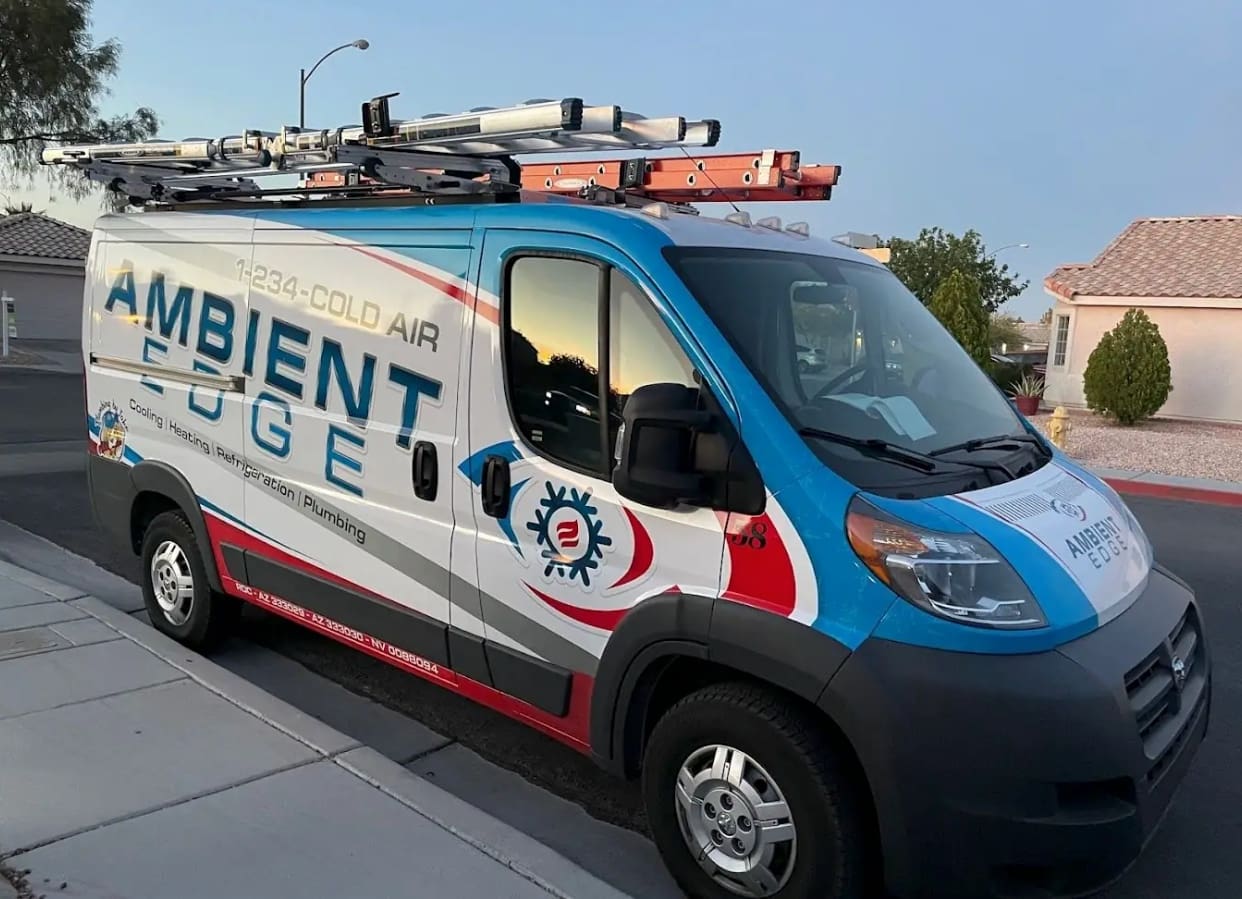It can be challenging to choose the ideal heating and cooling solution for your home or office building. VRF (variable refrigerant flow) and split AC HVAC systems are two options designed to heat and cool work or living spaces without ductwork.
Factors that can impact your choice include your budget, the kind of technology you choose, the structure’s age, and the size of your rooms or office partitions. Generally, split AC systems work well for small to mid-sized commercial applications, whereas VRF HVAC systems are for larger buildings. Before making your choice, consider the differences between the two.
Which Is Better, VRF or Split AC?
The choice between a VRF or Split AC system will depend on your application. A VRF system typically works better in a commercial building structure with more square footage. Split AC units are ductless systems used more often in residential settings.
You may also consider that a VRF system with heat recovery can simultaneously heat and cool different parts of a building. VRF technology is becoming more common in the United States as more people learn of its benefits.
How Does a VRF System Work?
Variable refrigerant flow systems continually adjust the flow of refrigerant to each indoor evaporator. Thus, each indoor evaporator has its own set of controls, allowing for air conditioning in a server room, for instance, and heating in an office space to occur simultaneously, with one HVAC system.
The indoor units link to the outdoor unit via control wires. The outdoor unit responds to the heating or cooling demand from the indoor units by manipulating its compressor speed to match the total requirements.
What Is the Cost of a VRF System?
The General Services Administration (GSA) commissioned a study showing VRF HVAC systems are most cost-effective in 10,000-80,000 square foot buildings. Because of the technology and work involved in installing a VRF system, your initial cost will be higher than a split AC system.
A Washington State University study estimated that a VRF HVAC system costs about $18 per square foot, while a standard code-minimum set-up runs about $12 to $15 per square foot.
Despite this, your energy savings should help pay for that quickly. This is especially true when existing systems need to be replaced or installed in newly built structures. Mini-VRF systems are also available for large custom homes and smaller business spaces.
Where VRF HVAC Systems Are Used
The ability of the VRF HVAC system to simultaneously heat and cool a space is beneficial for facilities where different portions of the building need to be at consistently different temperatures or where individuals want the capability to set their own comfort zone.
The most common commercial applications for a VRF HVAC system include:
- Large retail spaces
- Hotels, motels, and other lodgings
- Office structures
- Apartment buildings
- Assisted living
- Condominium complexes
- Universities
- Dormitories
- Data centers
- Hospitals
- Manufacturing plants
- Lab facilities
- Restaurants
- Anywhere that requires simultaneous heating and cooling over multiple zones
Each indoor unit will have its own programmable thermostat. In occupied spaces, this allows individual tenants or hotel guests to control the comfort level. Most VRF HVAC manufacturers also offer a centralized control option. This allows an employee to monitor and control the entire system from a single location or via the internet.
This is especially helpful for data centers, hospitals, and lab facilities where keeping one area or more zones within a specified temperature range is critical to the facility’s operation.
What Is a Split AC System?
A split AC system is a more conventional ductless HVAC system with a combination of two components: a heat pump or air conditioner compressor. This compressor is situated outdoors and connects to your indoor components, such as your furnace or blower coil.
Both the indoor and outdoor units are connected through copper tubing and electrical cabling. Split system components should be matched for optimal efficiency.
What Is a Multi-Split AC System?
A multi-split system is a split AC system that utilizes a single outdoor condenser and up to four indoor evaporator units. They are connected by special conduits that pipe refrigerant from the outdoor unit.
This set-up works well for small to medium commercial applications where installing ductwork is cost-prohibitive, or not aesthetically acceptable.
How Does a Split AC System Work?
Split AC systems work by removing hot air and humidity from your house or building and eliminating it via the compressor. To heat your office or home, it works in reverse, pulling out cold air and leaving warm air to heat your home or building.
Split AC is either constantly cooling or always heating. The entire system turns on or off in response to a single thermostat that controls the whole system. To heat one zone and cool another simultaneously, you would need to have two dedicated HVAC systems, one for each location.
How Does a Split AC System’s Internal Thermostat Work?
A split system’s internal thermostat recognizes warm air and activates the outdoor compressor. When this happens, it transmits the refrigerant gas, elevating the temperature and increasing the pressure through the pipes to the condenser.
While the gas is in the condenser, it is converted into a cold liquid that makes its way to the evaporator system. Furthermore, the warm air from the room moves through the pipe with chilled refrigerant and is cooled before it returns to the room through a fan system.
What Is the Cost of a Split AC System?
A split system is regarded as one of the most efficient and affordable ways to control your indoor climate. Though they need specialized installation techniques and electrical wiring, they are simpler to operate and easier to maintain.
Ductless systems cost about a third more than a brand-new ducted HVAC and about two times as much as a standalone AC for your window. A one-ton system with one indoor component at a 21 SEER rating and one outdoor unit costs about $1,000 up to $4,000. Depending on the installation complexity, you may pay another $300 to $1,000 for labor costs.
Where Is a Split AC System Used?
Split type AC systems are usually mounted on the wall and are generally utilized in sizable rooms because they have a higher cooling capacity.
They are scalable for your home, multi-unit apartment, or office space because one can control multiple indoor units. Split AC systems work best in the following applications:
- Small commercial businesses
- Mid-sized commercial applications
- Homes without ductwork
- Newer construction
- Multi-family housing
- As retrofit add-ons to houses with non-ducted heating systems
- Small apartments
- Where extending or installing ductwork is not feasible.
We understand you may have questions. How do I know if my air conditioner unit is big enough? How often should it be serviced? Our HVAC technicians have heard it all before and we’re ready to assist you as well.
Choosing Between VRF and Split AC
Which system you choose in your new construction or HVAC upgrade depends on several factors, including the size of your facility, the need to heat and cool at the same time, and your budget. However, both systems work great and are energy efficient.
Whether you are replacing an inefficient commercial HVAC system, retrofitting an older building, or choosing a system for a new construction project, VRF and split AC systems are both worth a closer look. Contact the team at Ambient Edge for more information and a detailed quote.





